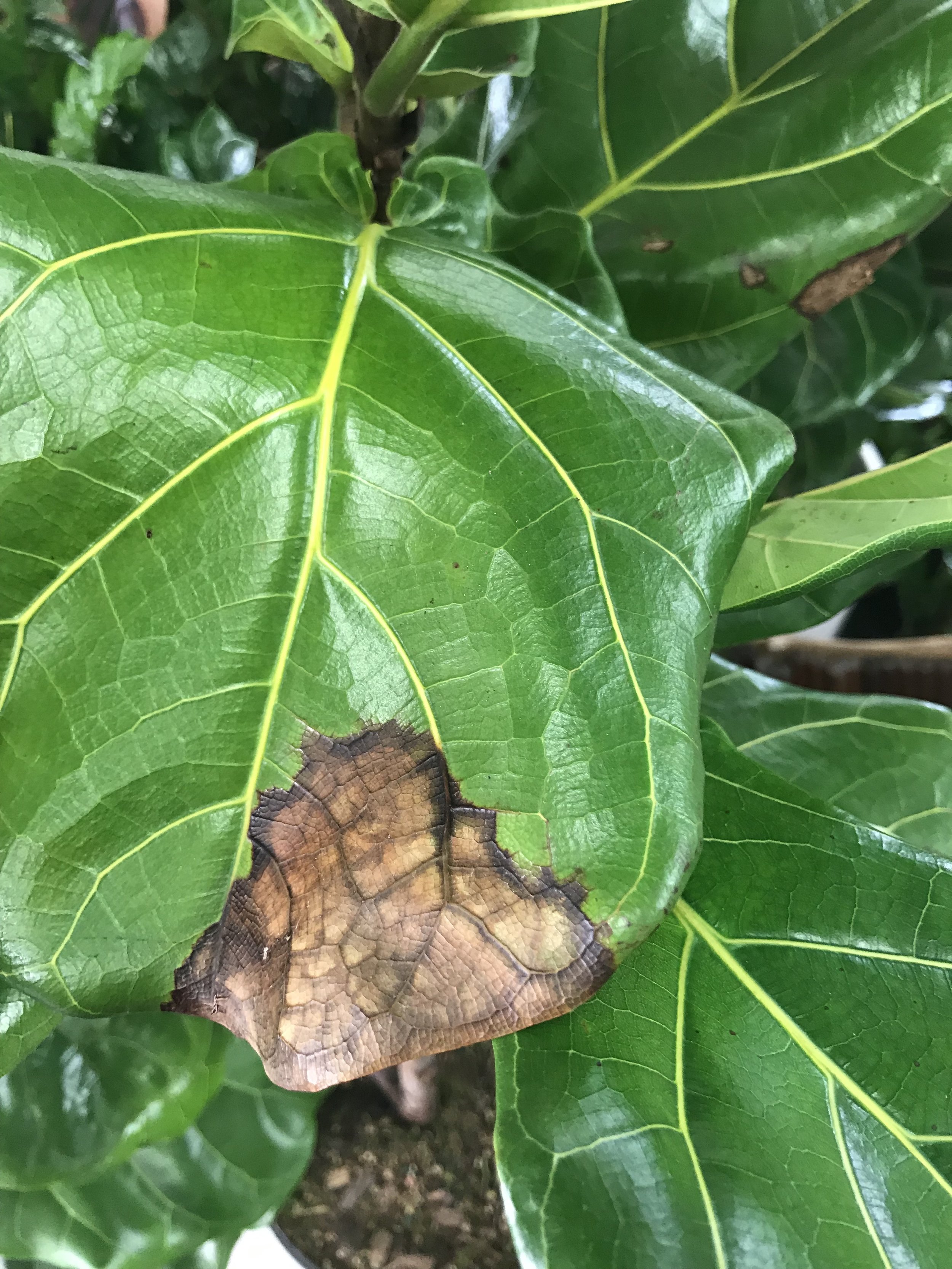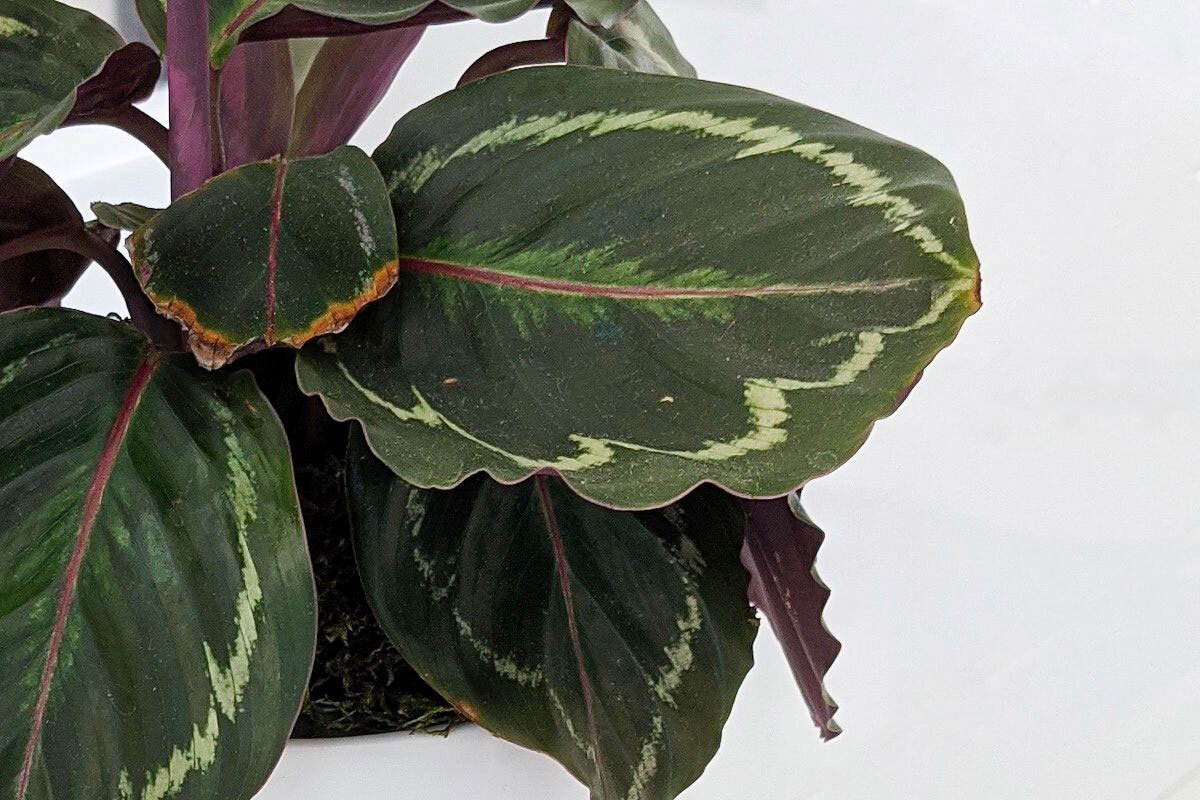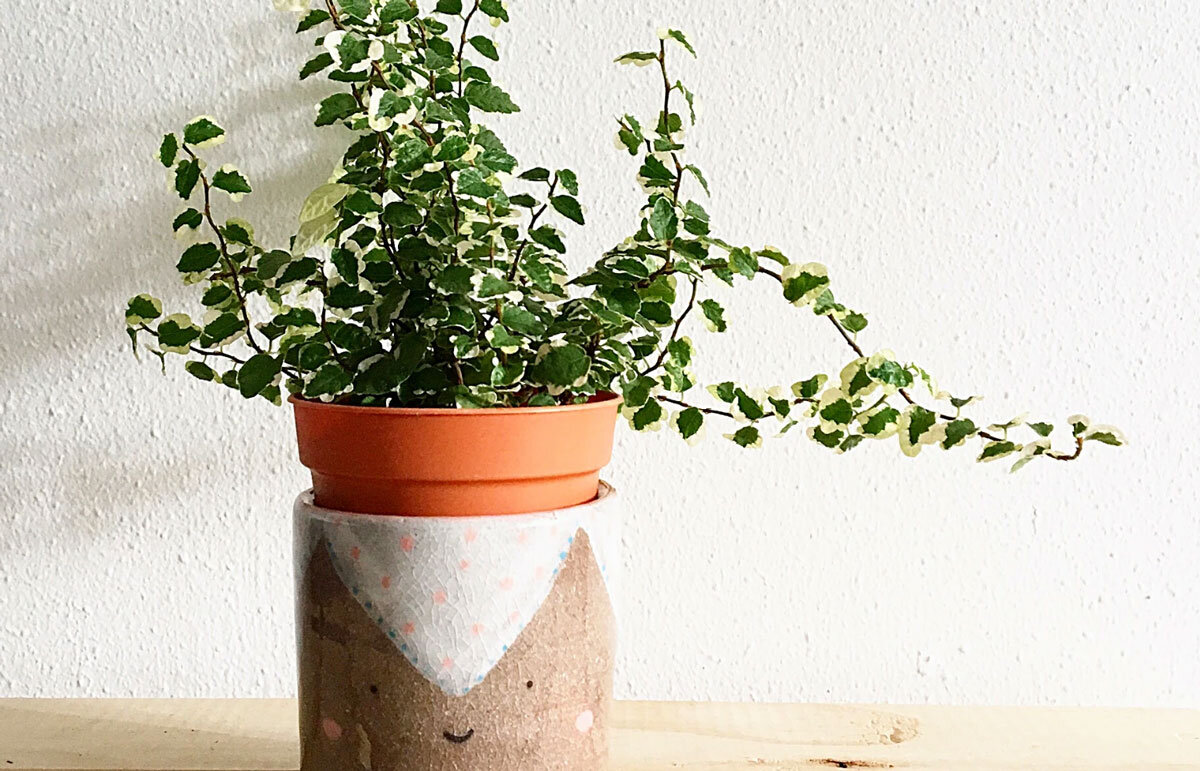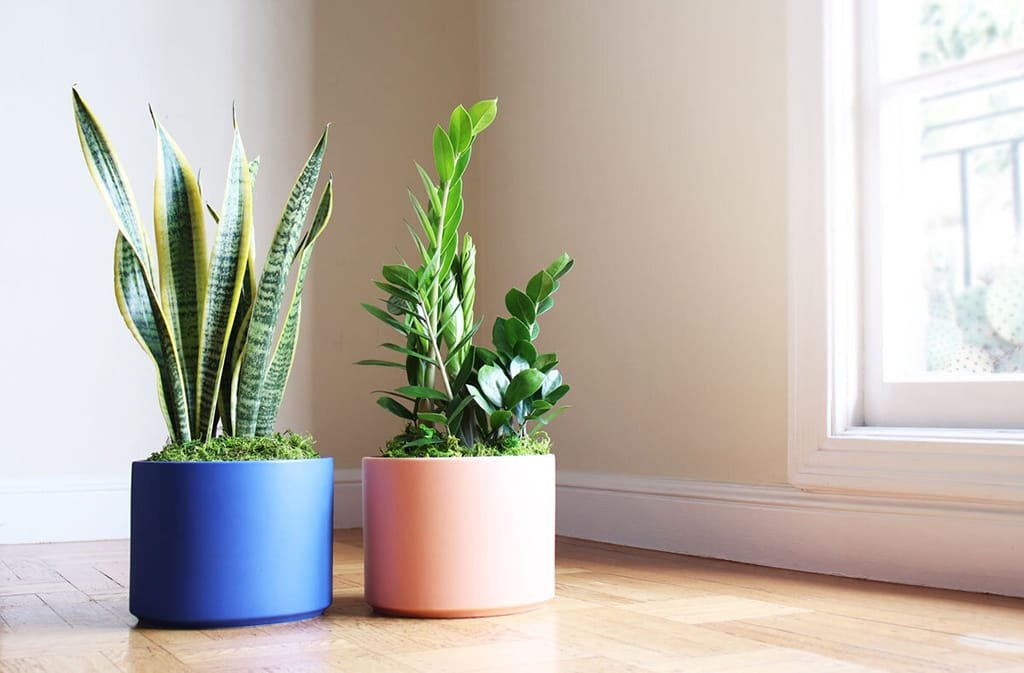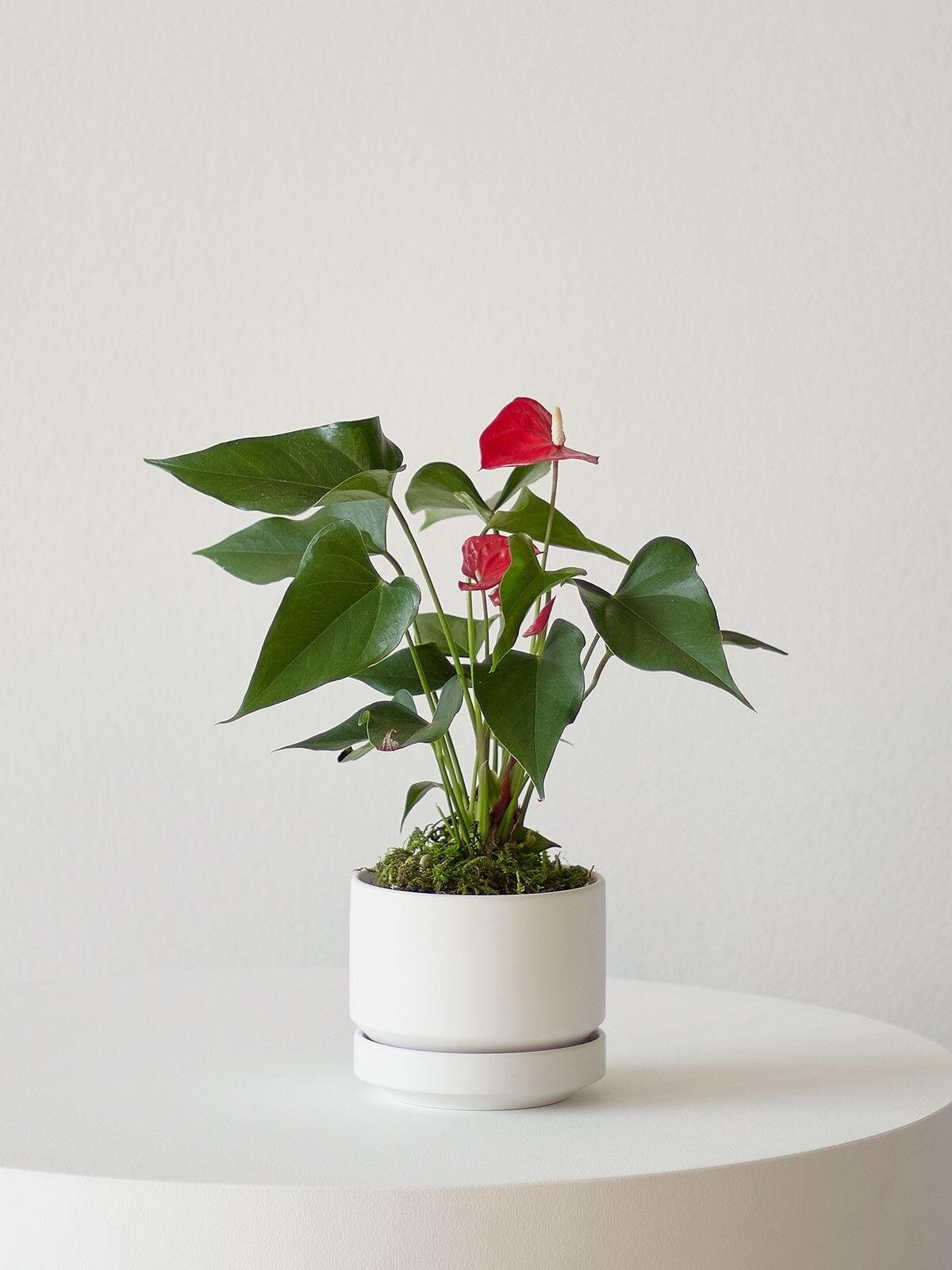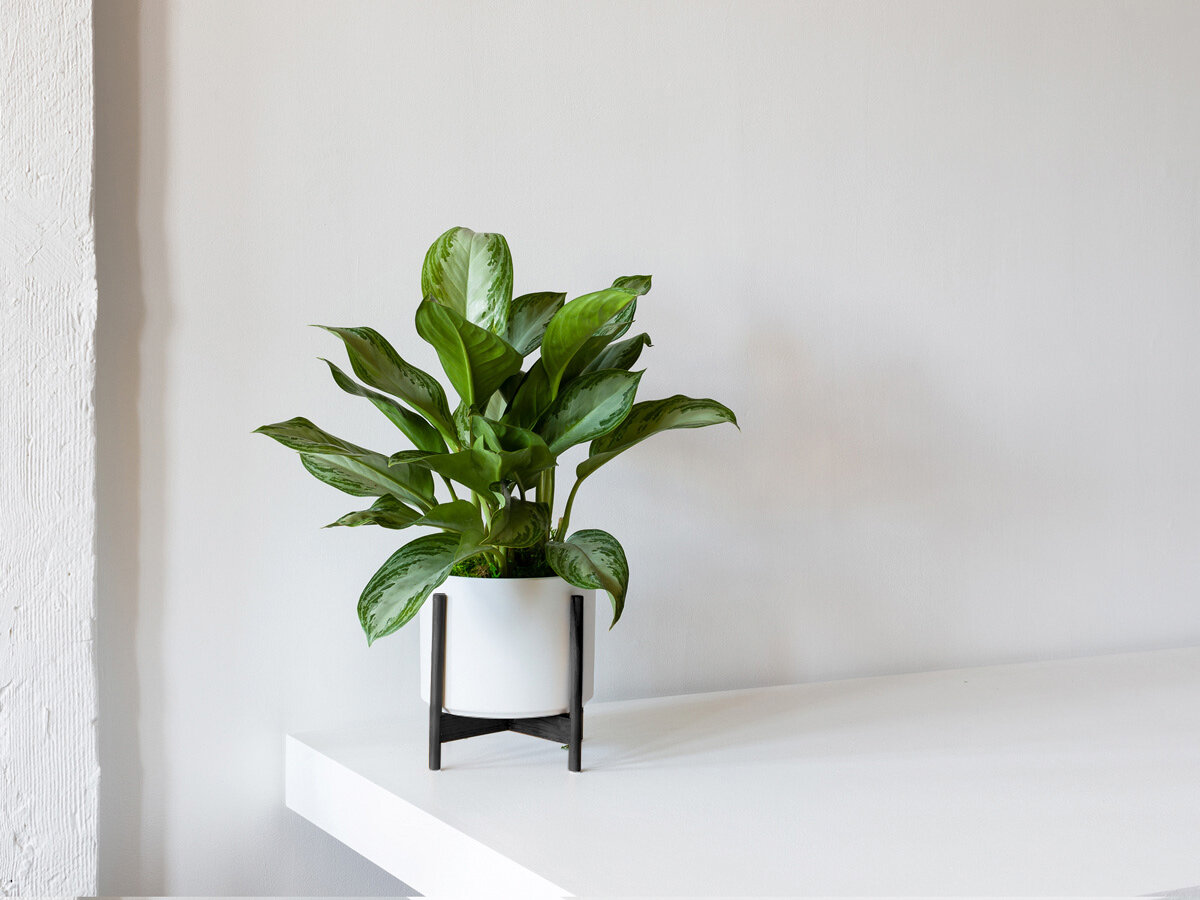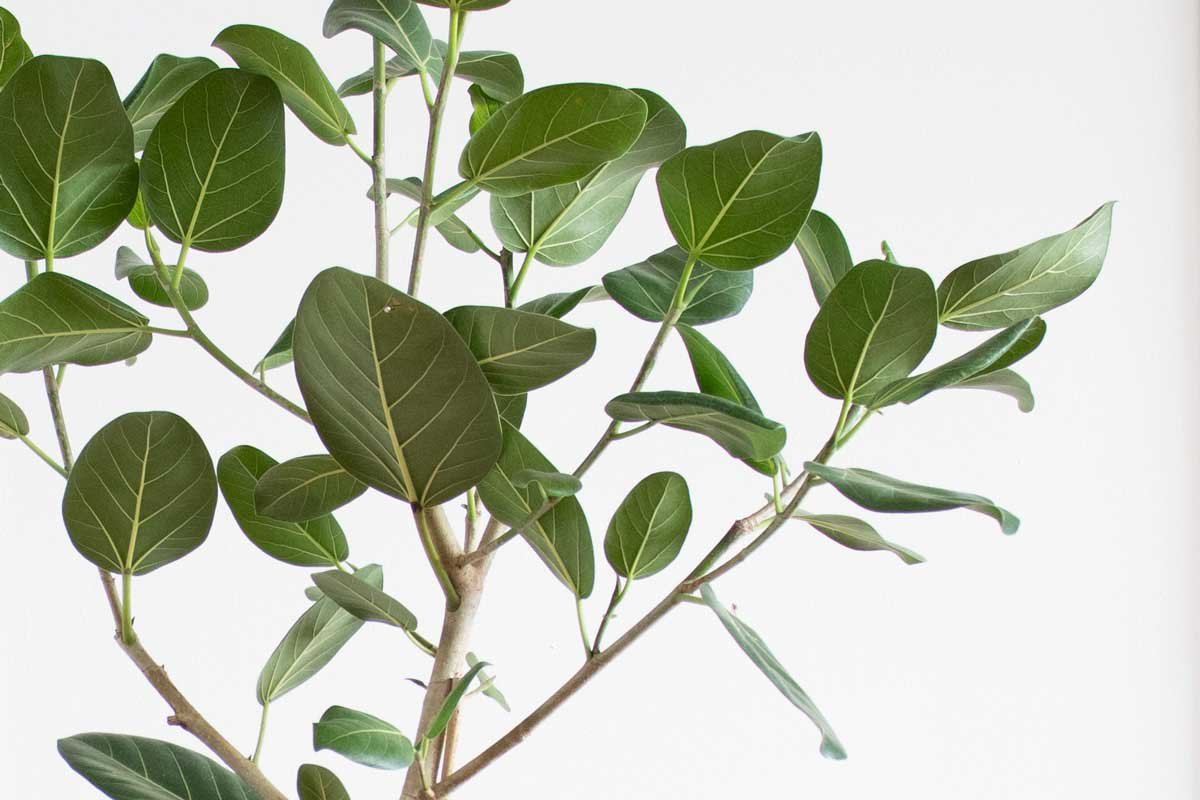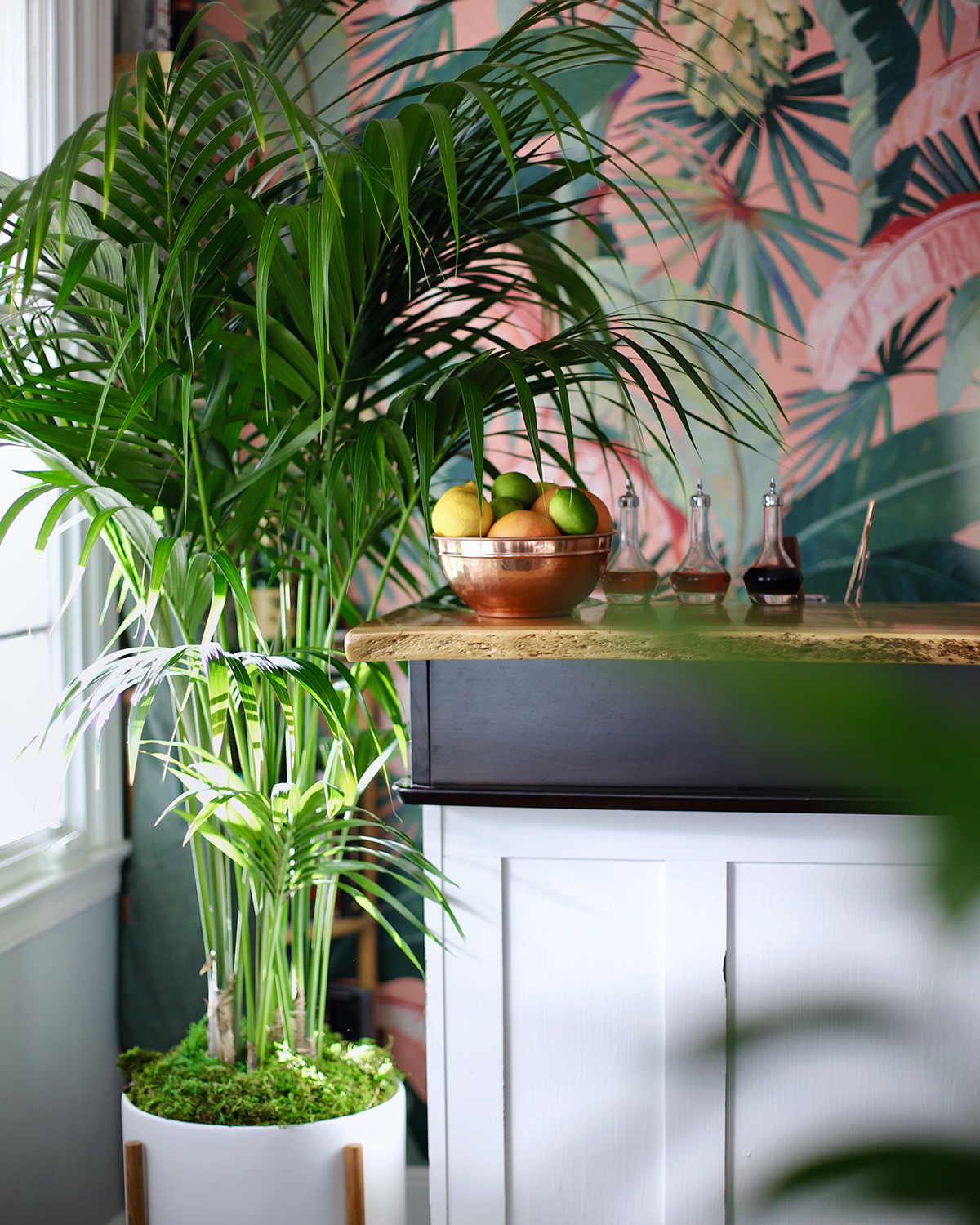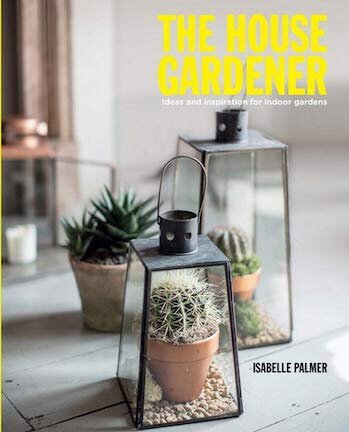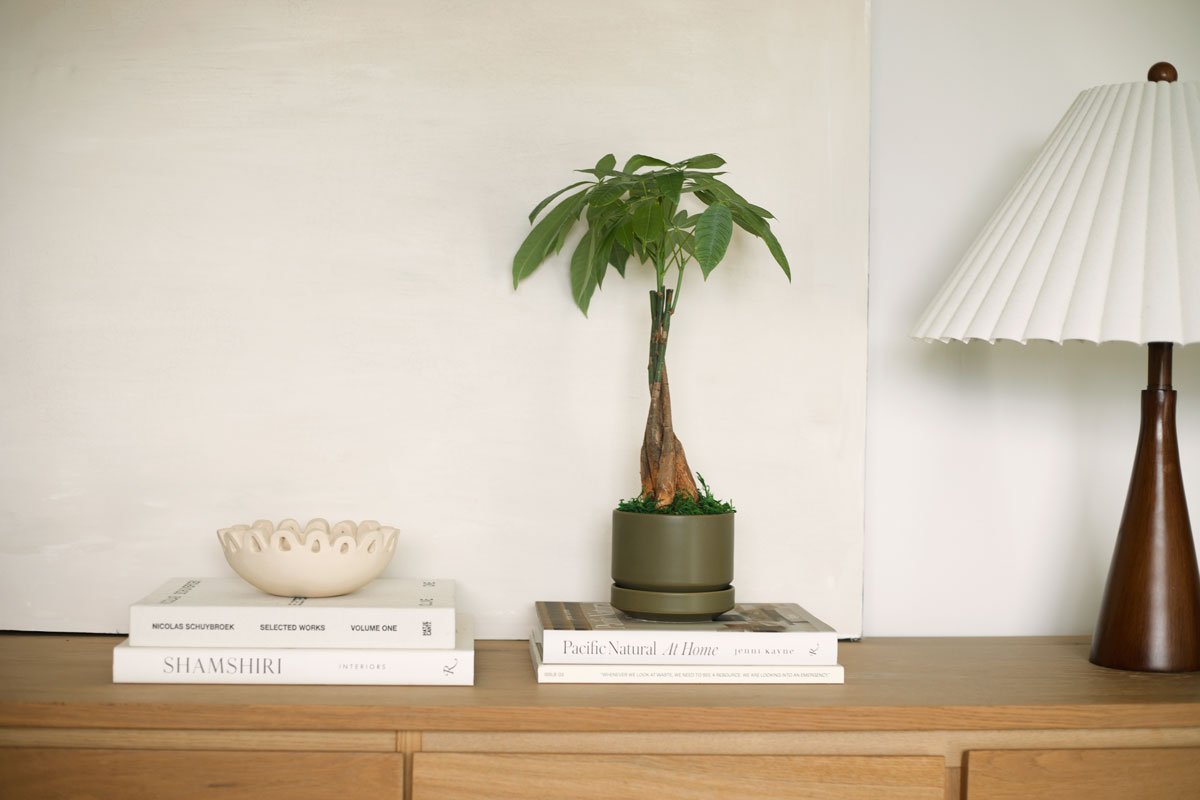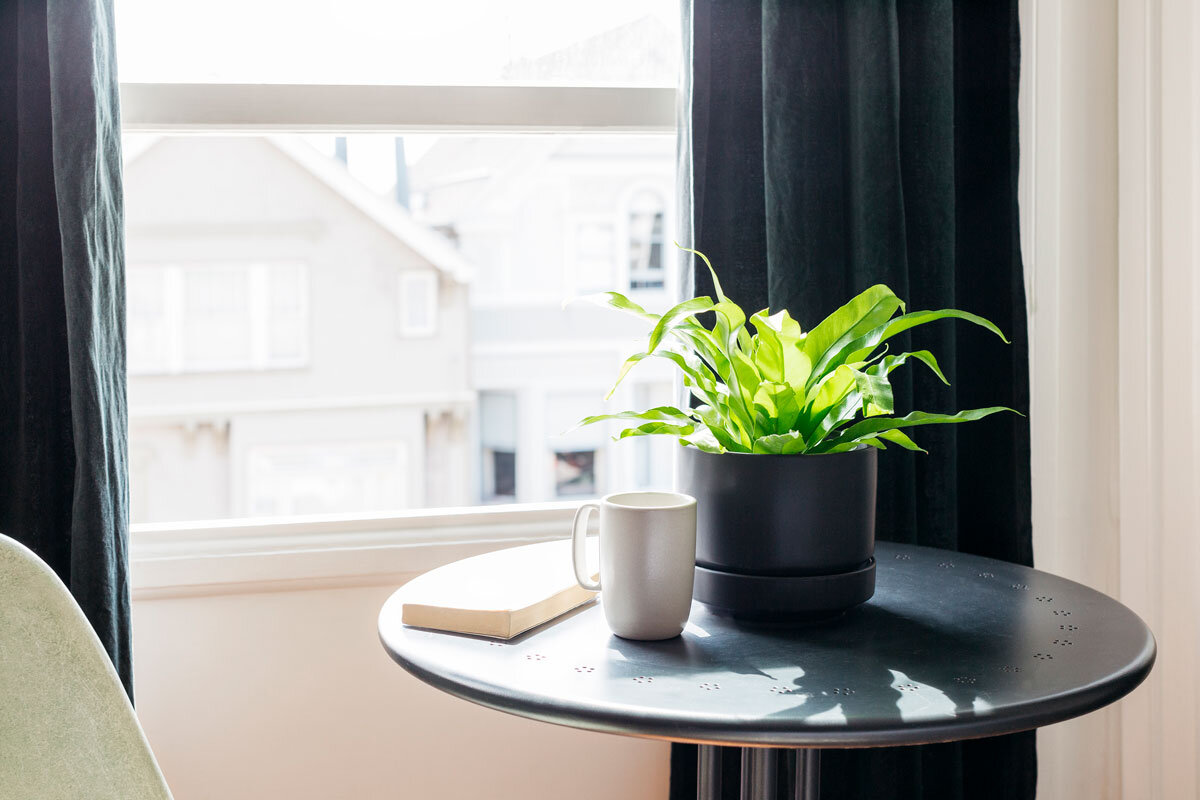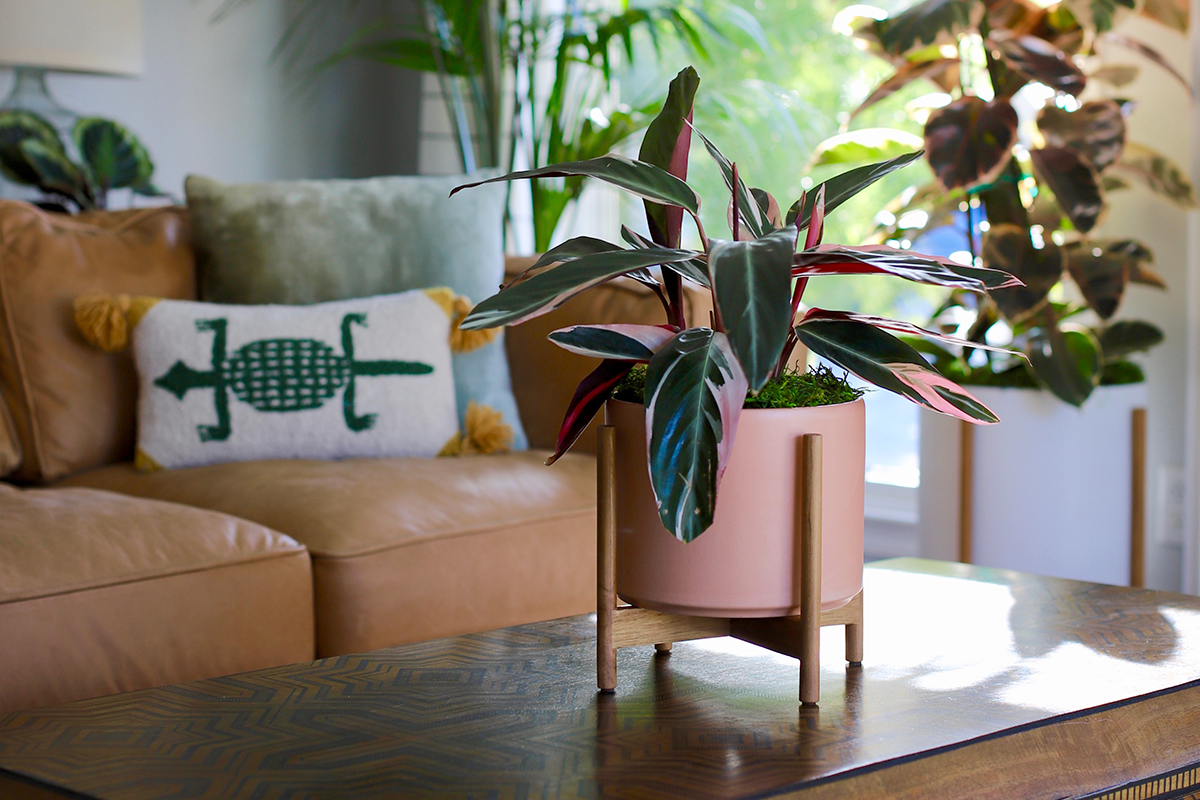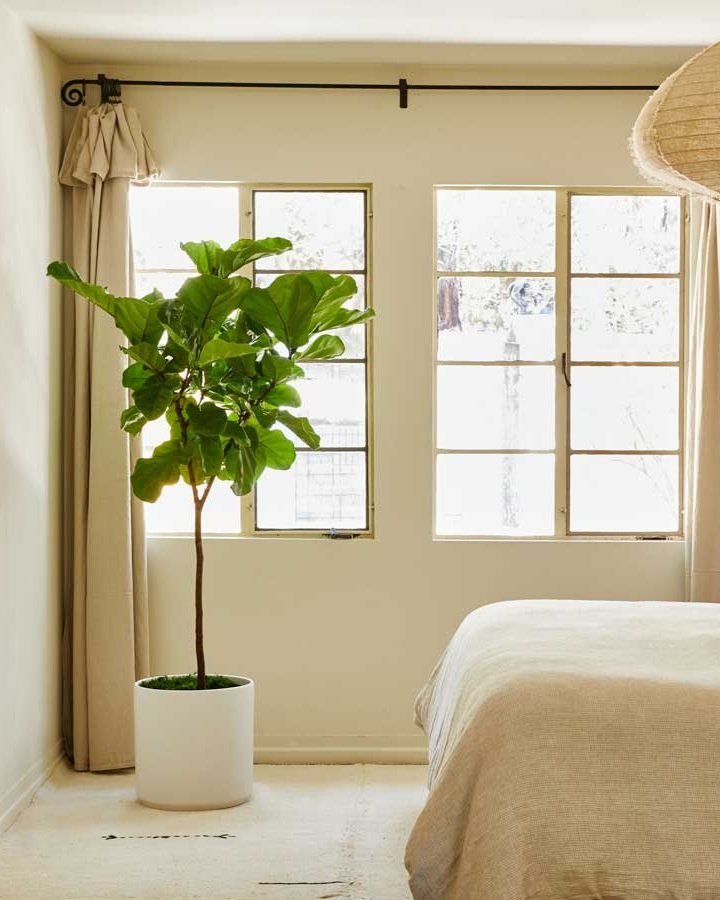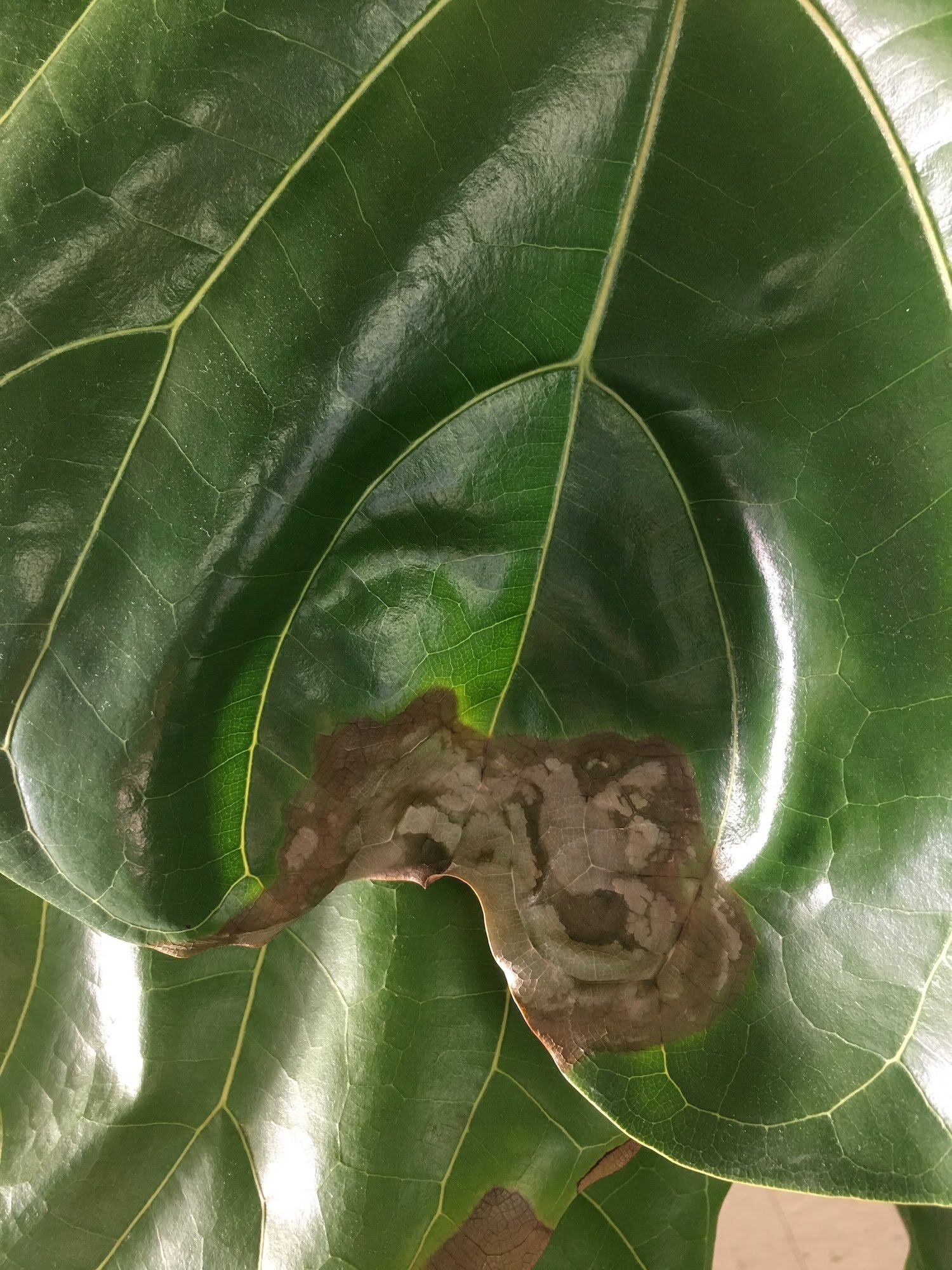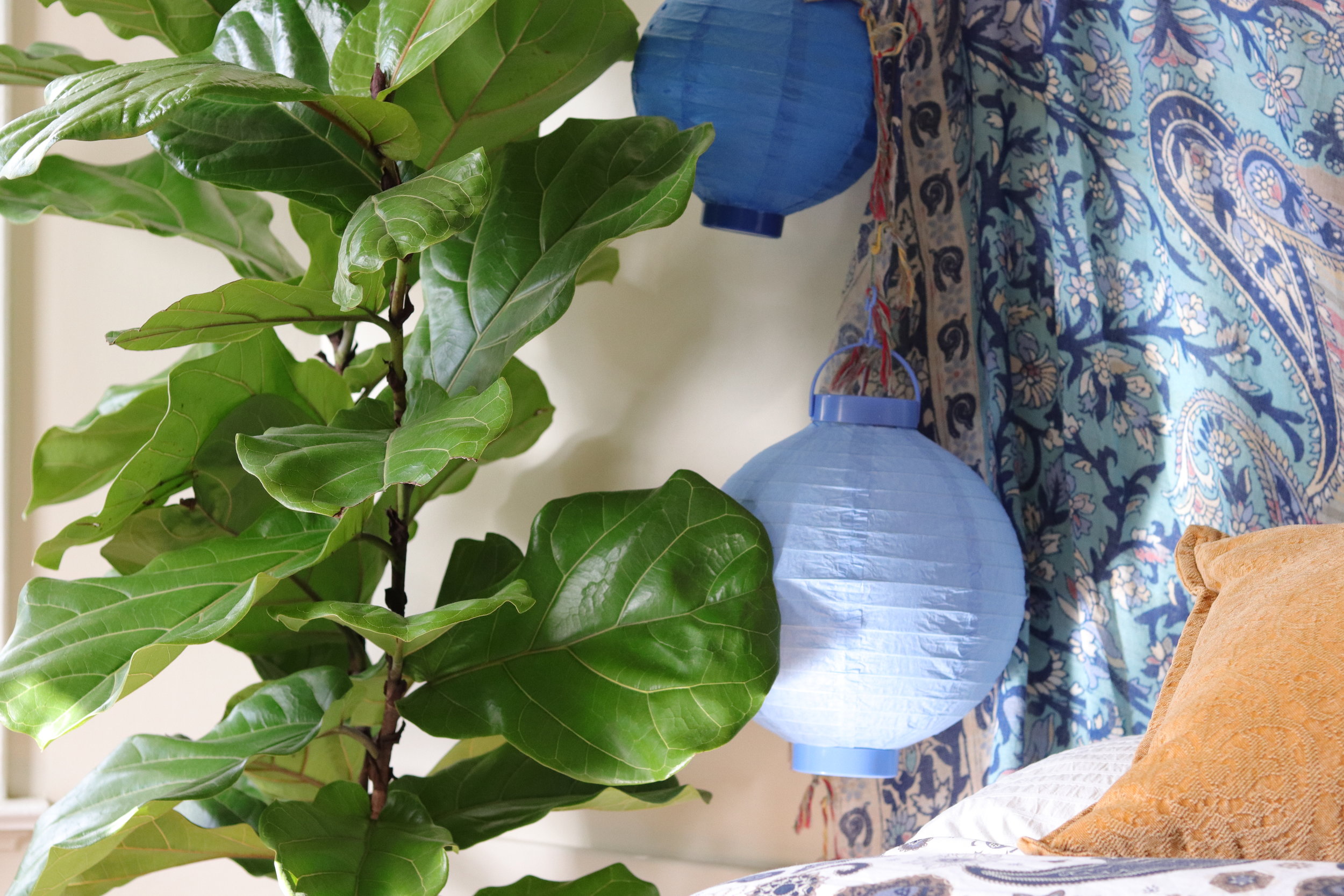How to tell the difference between an overwatered and underwatered plant
Improper watering is the leading killer of houseplants. And if you have a variety of plants in your indoor jungle, understanding what watering techniques work for each plant can be a real challenge - especially since symptoms of overwatering and underwatering can look very similar. Here are some general things to watch out for to determine if your watering needs adjustments.
Signs of Overwatering:
Browning edges can indicate too much water. A plant pushes water through to the edge of its leaves, and if given in excess, this can cause veins at the edges to burst, which leads to browning.
Wilting can go both ways, plants wilt when they’re thirsty and when they’re overwatered. If you notice wilting, check the moisture of the soil.
Pests are another sign of overwatering as many insects thrive in damp places. Check for pooling water underneath your plant.
How to treat overwatered plants
Severely overwatered plants generally require a soil change. Plants that have been gently overwatered may dry out in the right conditions (think warm and bright space!) but if you at all suspect root rot, then head here and follow these simple instructions for changing your plants soil (and treating root rot, if necessary).
Signs of Underwatering:
Drooping leaves that look completely lifeless can be a sign of underwatering.
Soil pulling away from the outsides of the pot is another indicator that your plant may be underwatered. If you notice this happening, try shortening the length of time between waterings.
Drying out too quickly could mean that your plant may need to be repotted. If your plants’ pot is too small to support the amount of water it needs to thrive, this can inhibit future growth and be detrimental to your plant in the long run. Consider repotting your plant after the first year of ownership.
To keep things simple, water your plant the same amount each week - about 2 cups for plants 2-3ft tall and 3 cups for plants 3-6ft tall.
Keep plants happy and healthy by observing and listening to what it is they’re trying to tell you. And remember, the amount of water your plants need will change depending on the season and the conditions in their environment.
How to treat underwatered plants
If your plant is severely underwatered, the best the you can do is practice a little “bottom watering”. Bottom watering is allowing the plants to drink from the bottom up, as much as they want, for up to 24 hours. In addition to this, you may also water over the soil. Above all, you want to make sure the plant has plenty of time to drink, as a regular watering for underwatered plants often results in the water quickly running through dry soil, not allowing the roots time to drink up.
Here is a simple guide to bottom watering. If you think your plant is dead or almost dead, rest assured that it most likely will be easily revived!
Indoor plants, potted and delivered
Premium plants paired with stylish ceramics, plus lifetime plant care support. Order online at leonandgeorge.com

